If you are visiting Kashmir and have not entered into those beautiful handicraft stores, then it is considered a crime! You must check the unique creations of Kashmiri artisans and you will be spellbound by their accurate finishing. Here lies a treasure trove of exquisite handicrafts that transcend mere objects; they are intricate pieces of art woven with the rich threads of tradition and cultural heritage.
Let’s delve into the world of Kashmiri handicrafts, exploring the mastery behind Pashmina shawls, the enchanting allure of Kashmiri carpets, and the delicate craftsmanship of papier-mâché items. Each creation is not just a product but a testament to the artisan’s skill and the deep-rooted significance of these crafts in Kashmiri culture.
Pashmina Shawls – The Epitome of Elegance:

At the heart of Kashmiri textile heritage lies the legendary Pashmina shawl. Derived from the soft wool of the Himalayan mountain goat, the Pashmina, these shawls are hand-woven with precision and patience. The intricate patterns and vibrant hues tell stories of Kashmiri landscapes, folklore, and tradition. The process of making a Pashmina shawl is a labor of love, from the careful selection of raw material to the delicate hand embroidery that adorns the finished product. Beyond being a fashion statement, Pashmina shawls are a symbol of luxury, a heritage passed down through generations, and a source of livelihood for countless artisans.
While my family members were busy in purchasing all sorts of items, I grabbed the opportunity to talk to an aged person of the shop (eventually the father of present owner) who was sitting at the corner of the big shop and minutely watching all the customers and their buying pattern. Tempted, sat beside him and asked a few things and surprisingly found he is so eager to share his experience when he started that shop. My inquisitive mind got all the input for no other than Pashmina and how it is crafted into the famous Shawl.
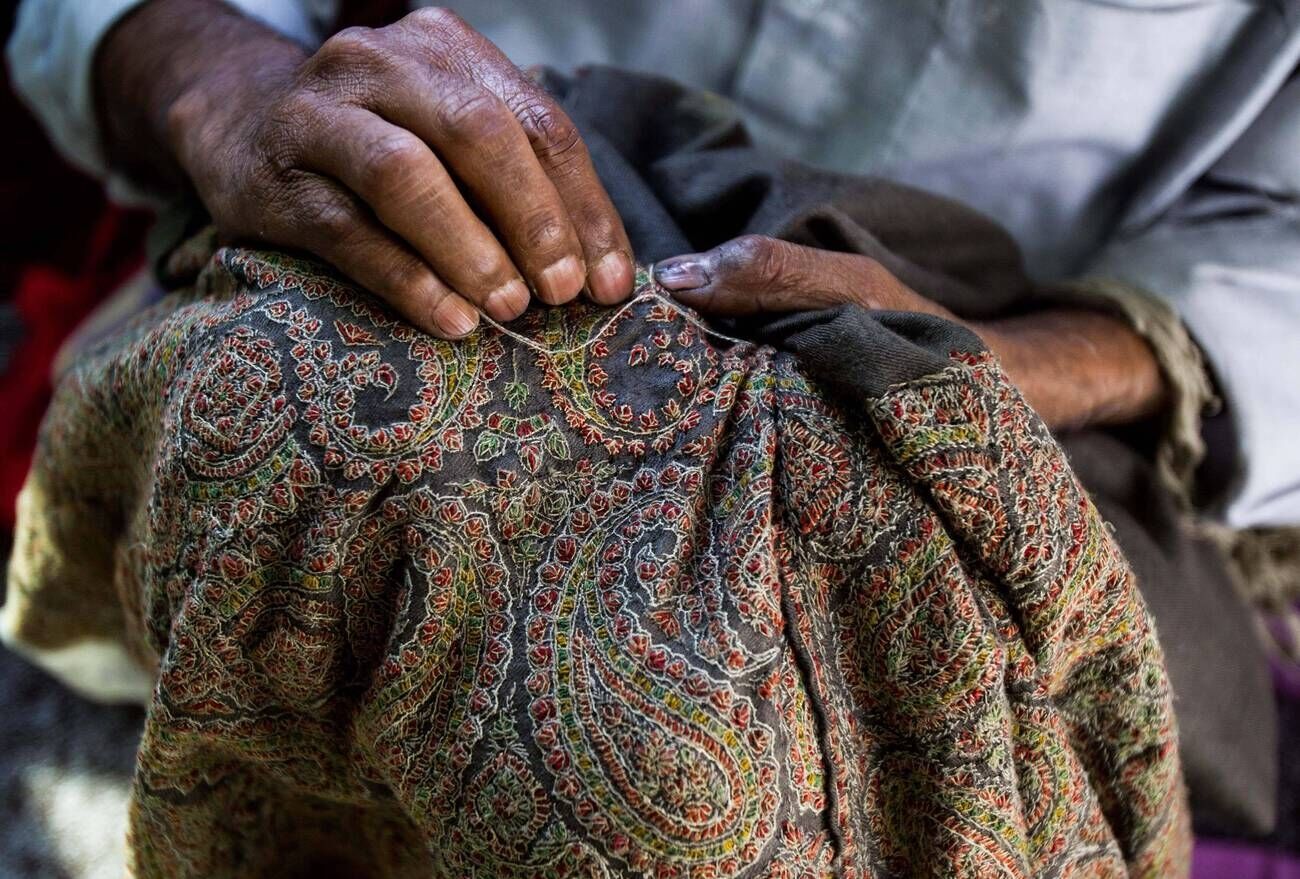
Here is the world of Pashmina, uncovering its origins, the meticulous craftsmanship involved, and the cultural significance that makes it an enduring symbol of Kashmiri heritage:
Origins and Raw Material:
Pashmina, often referred to as “soft gold,” finds its roots in the high-altitude plateaus of Ladakh and Tibet. The wool is sourced from the underbelly of the Changthangi or Pashmina goat, a breed native to these regions. The harsh climatic conditions, characterized by sub-zero temperatures, contribute to the growth of a fine, downy undercoat in these goats, known as Pashm. It is this incredibly soft and fine wool that forms the basis of Pashmina.
Hand-Processing:
The journey of Pashmina from raw material to the final luxurious product is an intricate and labor-intensive process. The first step involves the careful and humane collection of the Pashm, typically during the spring molting season. Artisans meticulously sort through the fibers, separating the coarser outer hair from the fine, downy Pashm.
Interestingly, the weaving process is entirely manual, with skilled artisans using traditional handlooms to create the fabric. The delicacy of Pashmina fibers requires a gentle touch, and the weavers often spend days or even weeks on a single piece to ensure perfection. The result is a textile that is not only incredibly soft but also lightweight and remarkably warm.
Embroidery and Design:
One of the defining features of Pashmina is the intricate embroidery that adorns many of these shawls. The skilled craftsmen of Kashmir, often referred to as “Karigars,” employ various traditional techniques, such as Sozni and Tilla, to embellish the fabric with intricate patterns. These designs, ranging from floral motifs to geometric patterns, not only enhance the aesthetic appeal but also contribute to the storytelling aspect of Pashmina, reflecting the cultural richness of Kashmir.
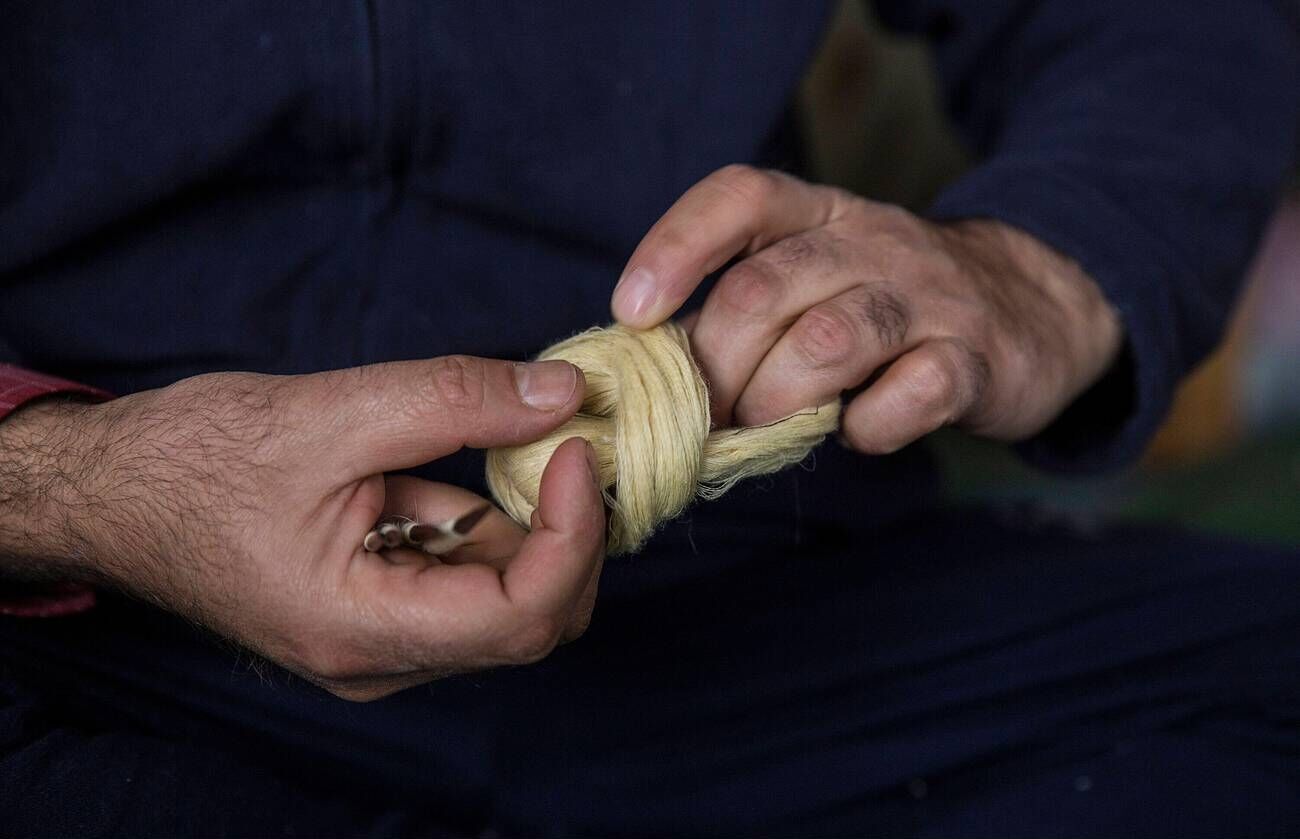
Cultural Significance:
Pashmina is more than a textile; it is a symbol of Kashmiri culture and tradition. Historically, Pashmina shawls were associated with royalty and aristocracy, and they played a significant role in the region’s economy. The art of crafting Pashmina has been passed down through generations, with families specializing in the various stages of production.
In Kashmiri households, Pashmina shawls are often considered family heirlooms, passed down from mothers to daughters. The gift of a Pashmina shawl carries deep emotional and cultural significance, symbolizing warmth, love, and enduring connections.
Global Recognition:
Pashmina’s reputation has extended far beyond the borders of Kashmir, earning it international acclaim. Celebrities, fashion designers, and discerning consumers worldwide covet Pashmina for its unmatched quality and sophistication. However, this global recognition has also led to challenges such as counterfeit products and exploitation. Efforts are being made to protect the authenticity and integrity of genuine Pashmina through certification and awareness campaigns.
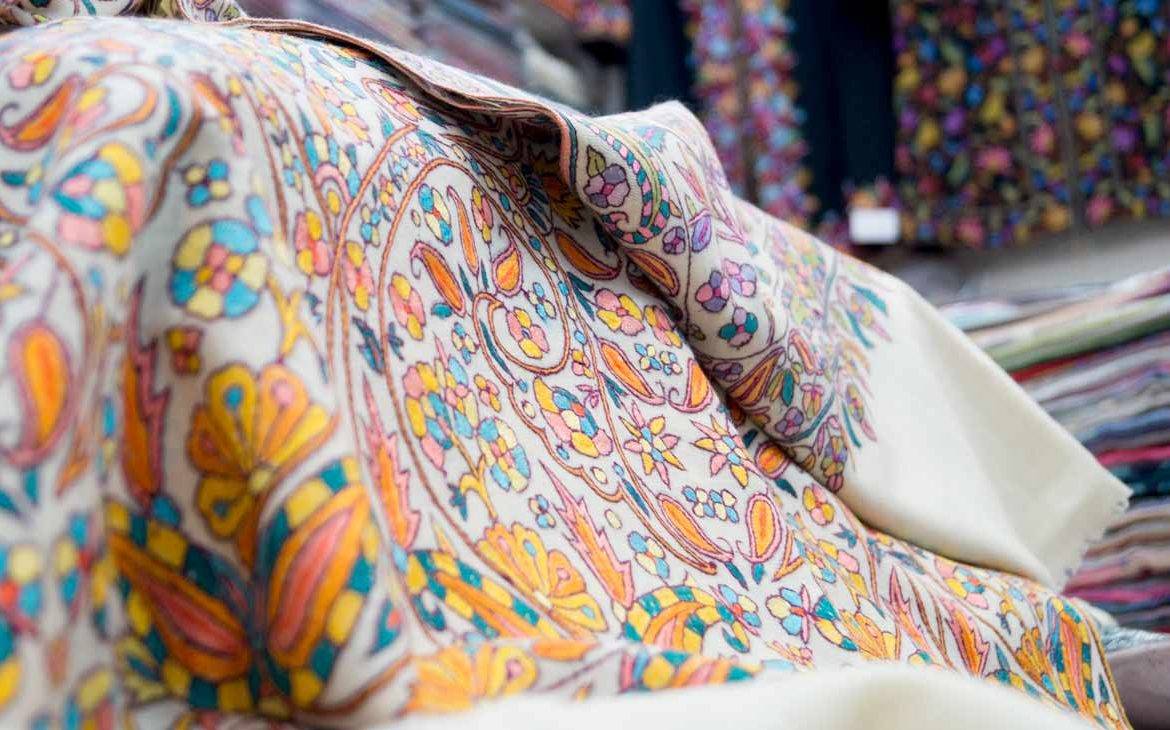
Honesty, in the ethereal weave of Pashmina, we find not just a fabric but a living testament to the artistry and cultural richness of Kashmir. The journey from the mountain plateaus to the skilled hands of artisans transforms raw wool into a piece of luxury that not only drapes the body but also encapsulates the spirit of a region. Pashmina stands as a bridge between tradition and modernity, a symbol of the enduring legacy of craftsmanship that has weathered the test of time, weaving warmth, elegance, and cultural heritage into every thread.
So, the next time you wrap yourself in the luxurious folds of a Pashmina shawl, remember that you are not just wearing a garment; you are embracing a piece of Kashmir’s soul.
Next Comes the Famous
Kashmiri Carpets – Woven Tales of Culture:
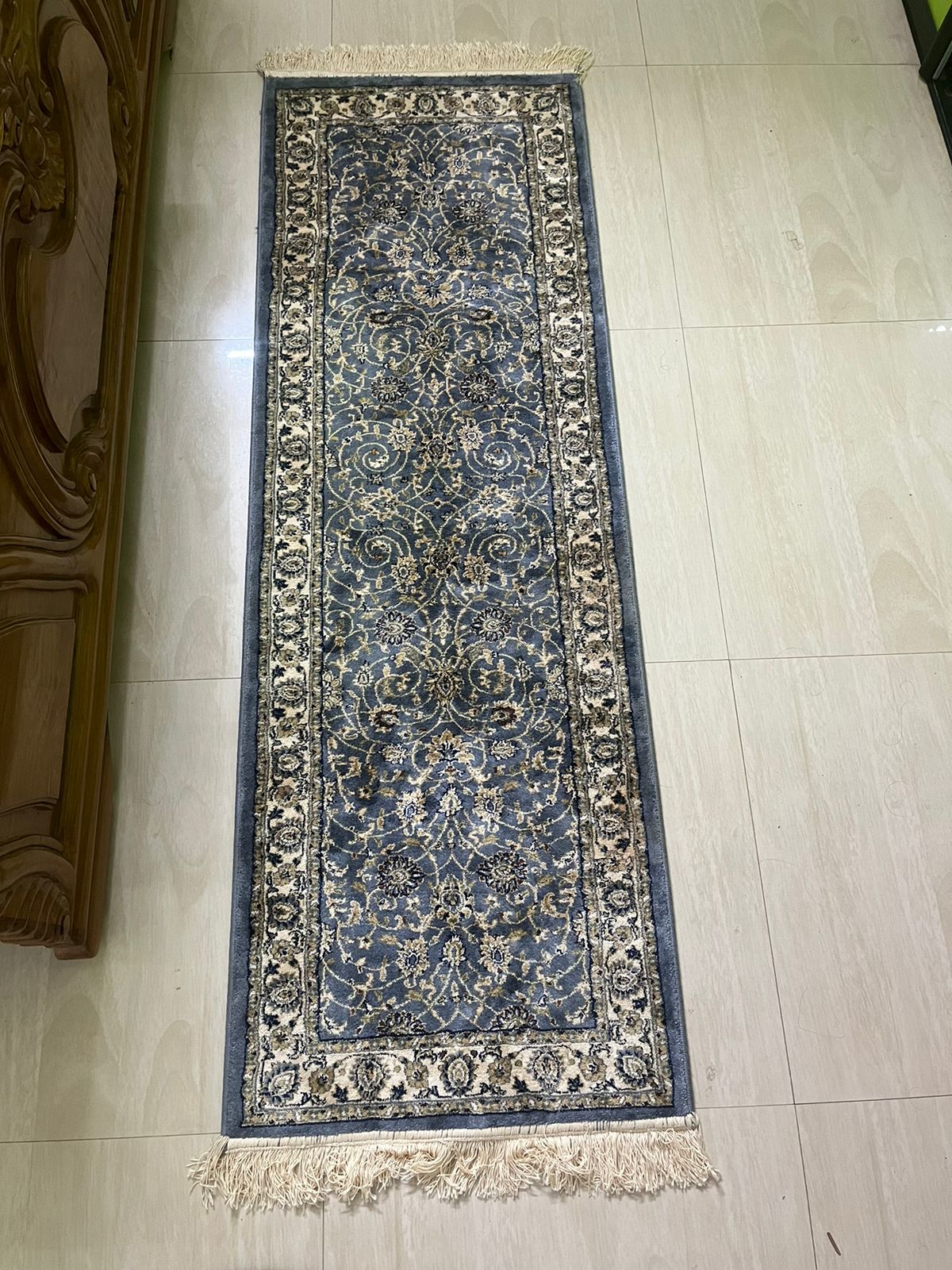
Kashmiri carpets are renowned worldwide for their unparalleled craftsmanship and timeless beauty. Intricately knotted by skilled artisans, each carpet is a work of art that reflects the cultural mosaic of Kashmir. The designs, often inspired by nature, Persian motifs, or historical narratives, are meticulously woven using vibrant silk and fine wool. Beyond their aesthetic appeal, Kashmiri carpets serve as storytellers, preserving the cultural heritage and artistic legacy of the region. They are not merely floor coverings but embodiments of tradition and a testament to the meticulous craftsmanship that has been honed over centuries.
Whatever carpets you see in your neighborhood are either from Kashmir or inspired from them. Although the best quality carpet is associated with Persia (Iran) but our Kashmiri carpets are no longer behind in the quality.
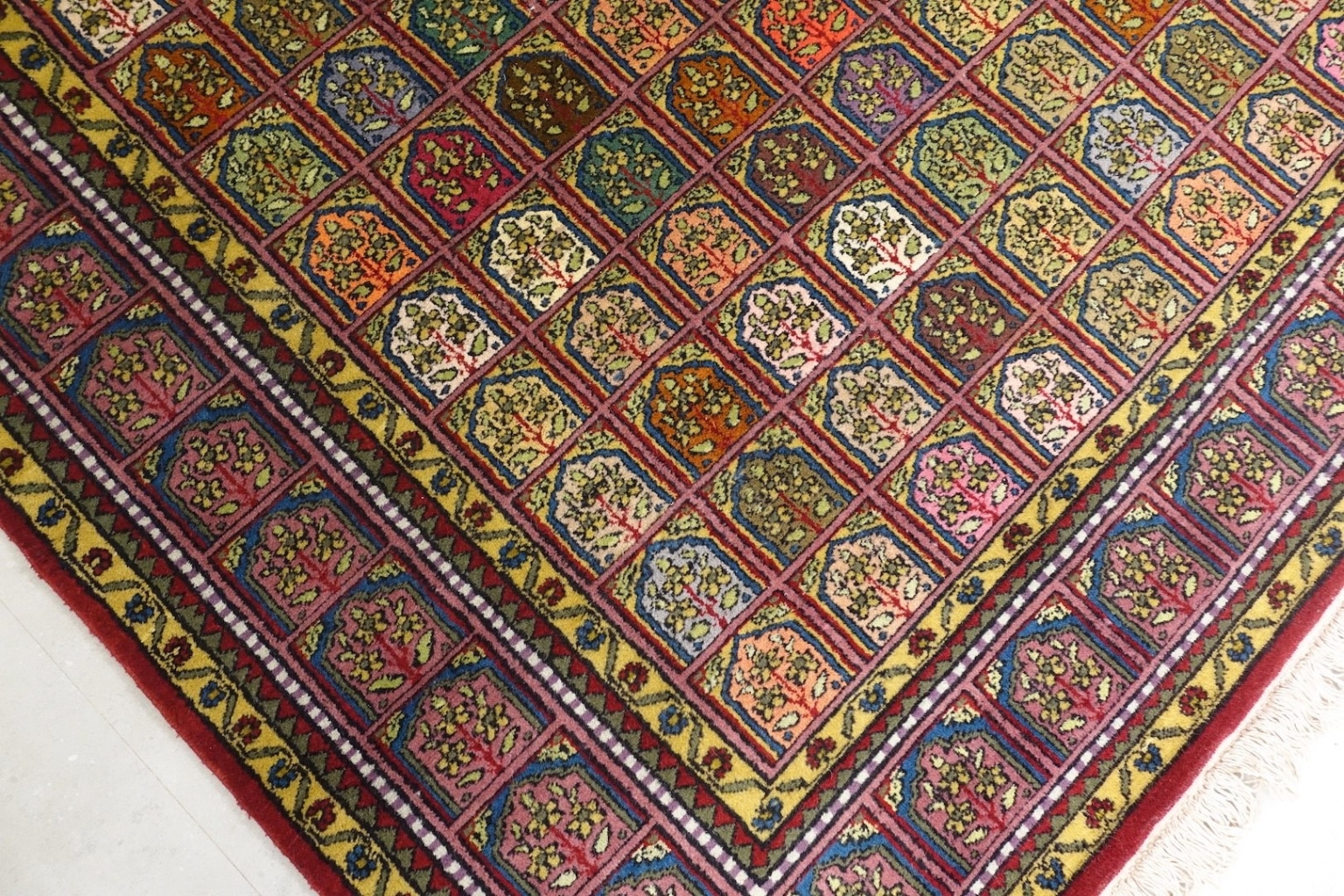
Starting from selection of raw materials to spinning the yarn, from pattern formation to knotting the pile, Kashmiri carpets are one of the best that I’ve ever seen. The weaving process is full of dedication same as the trimming and finishing. After washing and dyeing, then it becomes ready to be inspected finally if the same can be sent to the market or not.
The entire process, from selecting raw materials to the final inspection, requires a high level of skill, precision, and dedication. Many Kashmiri families have preserved and passed down the art of carpet weaving through generations, making it not just a craft but a vital part of the cultural heritage of the region. The result is a masterpiece that not only adorns floors but also tells a story of tradition, artistry, and the enduring spirit of Kashmiri craftsmanship.
And, finally,
Papier-Mâché – The Art of Delicate Precision:
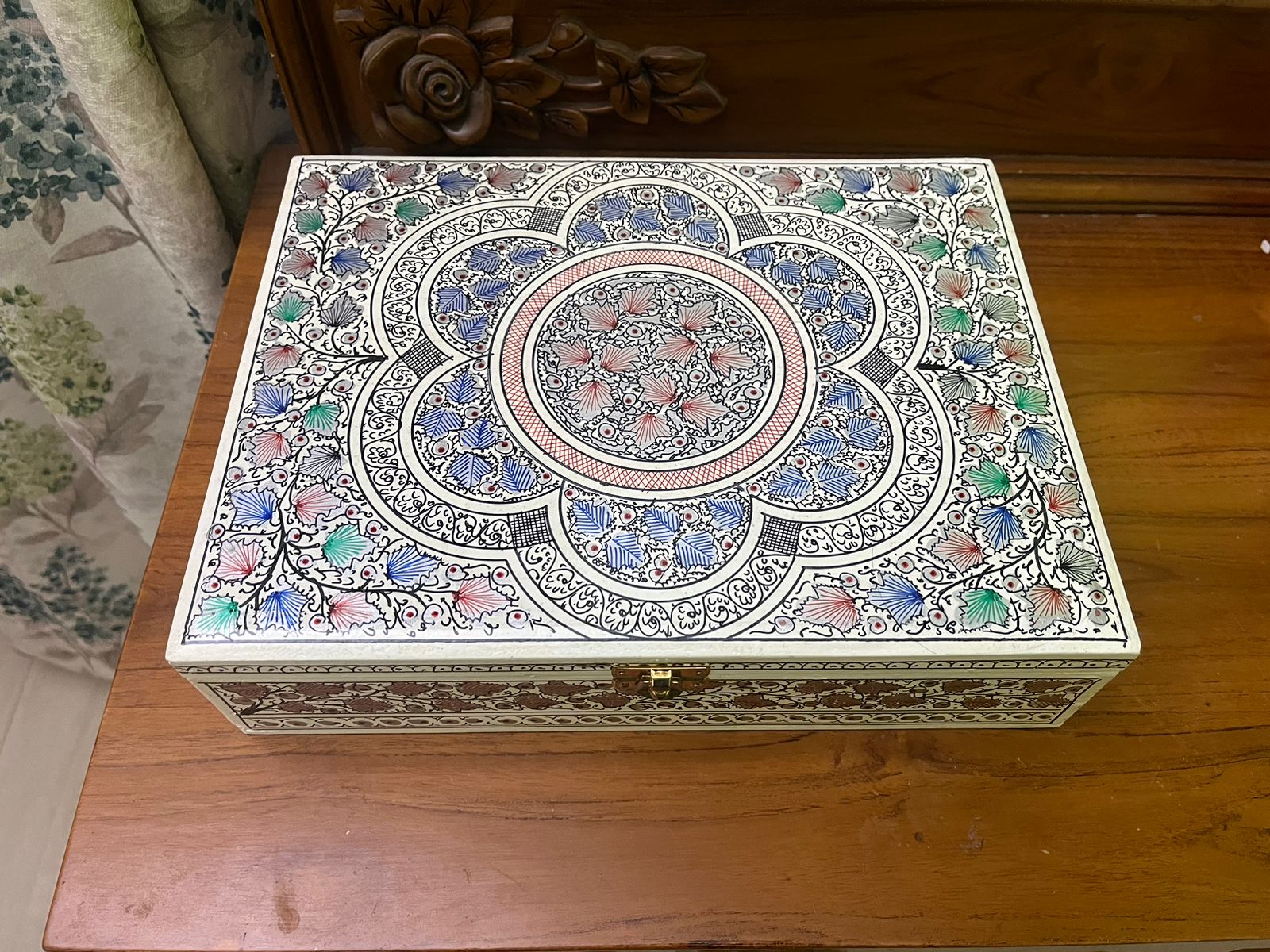
In the labyrinthine lanes of Kashmir, the art of papier-mâché flourishes. This delicate craft involves the use of paper pulp mixed with adhesive, molded into intricate shapes, and hand-painted with vibrant colors. From ornate jewelry boxes to intricately designed trays and vases, papier-mâché items are a visual feast of colors and patterns. Each piece is a result of the artisan’s patience and dedication, making this art form not just an industry but a way of life for many in Kashmir. The motifs often depict nature, flora, and historical themes, connecting the craft to the region’s cultural roots.
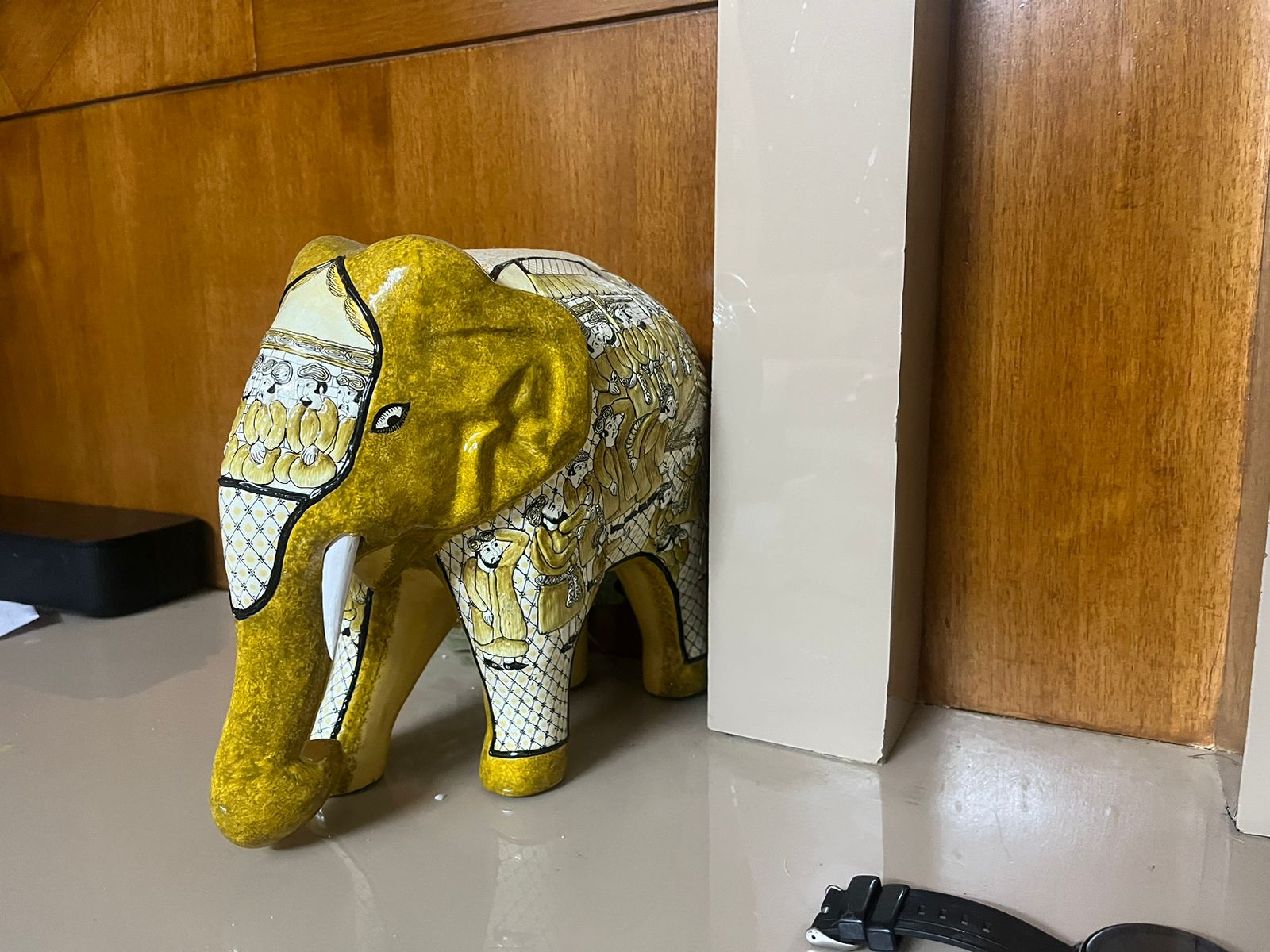
The finished papier-mâché products from Kashmir are not only visually stunning but also reflect the rich cultural heritage of the region. The craft has been passed down through generations, and skilled artisans continue to create exquisite pieces that are sought after both locally and internationally.
Significance in Kashmiri Culture:
These handicrafts are not mere commodities; they are a living embodiment of Kashmiri culture. The significance of Pashmina, carpets, and papier-mâché transcends their utilitarian purpose. They are symbols of tradition, identity, and resilience. The craftsmanship involved in creating these items is often a skill passed down through generations, fostering a sense of continuity and pride within Kashmiri communities.
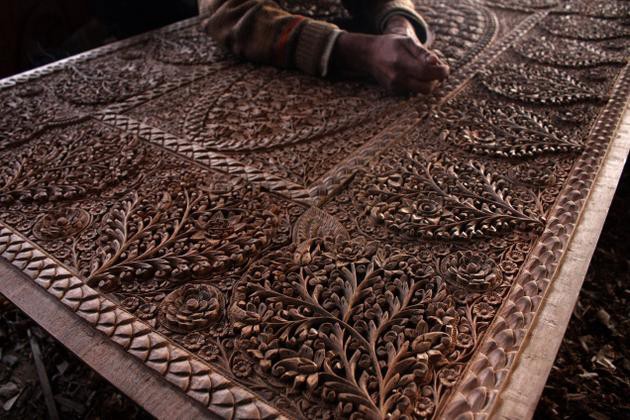
In a region where art is an integral part of daily life, these handicrafts also serve as a means of economic sustenance. Artisans, many of whom belong to families with long-standing ties to these crafts, find not only a source of income but also a deep connection to their cultural roots.
Moreover, the global recognition of Kashmiri handicrafts has brought the artistry of the region to international platforms, contributing to the promotion and preservation of Kashmiri culture on a global scale.
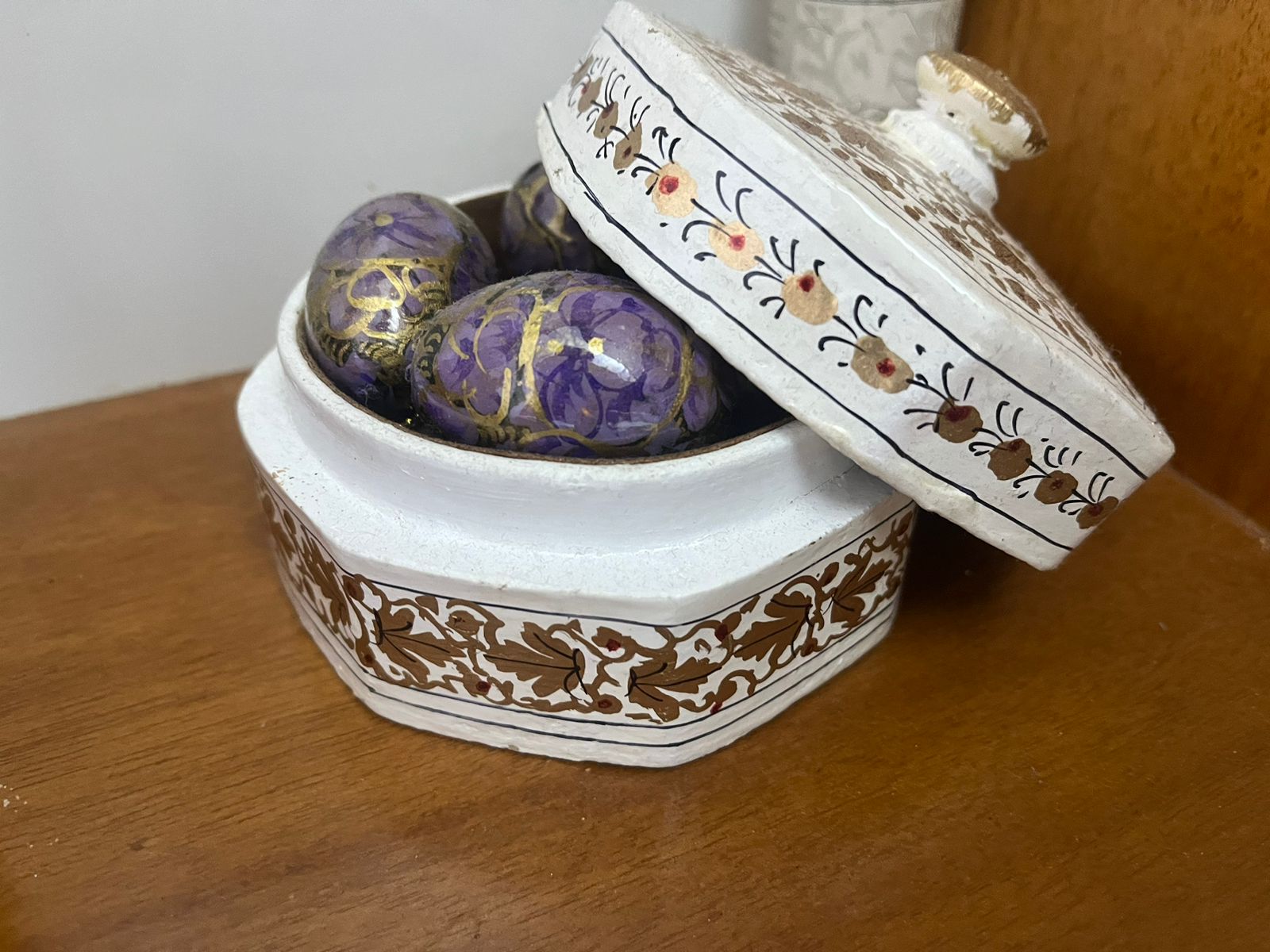
Ultimately in the intricate threads of Pashmina, the woven tales of Kashmiri carpets, and the delicate strokes of papier-mâché, one can find the soul of Kashmiri culture. These handicrafts are not just objects of beauty; they are living legacies, carrying forward the traditions of a region rich in history and artistry. As you admire the elegance of a Pashmina shawl, walk upon the intricate patterns of a Kashmiri carpet, or marvel at the delicate art of papier-mâché, remember that you are not merely witnessing craftsmanship; you are witnessing the heartbeat of Kashmir itself, echoing through the hands of its skilled artisans and the beauty of their creations.
Excellent Saukat. Such in depth writing in a simple Language – loved it.
Thanks a lot